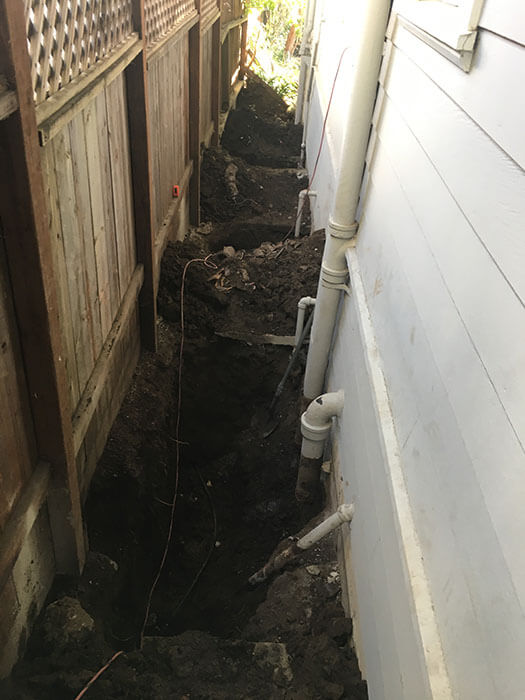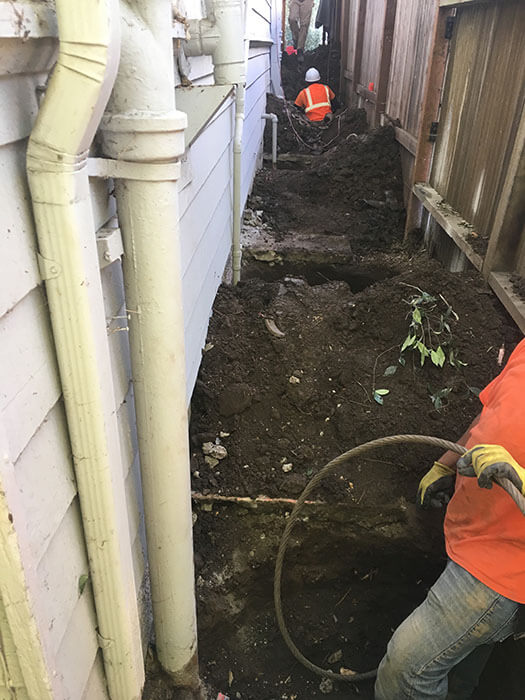Sewer Work at Plaza Drive
Expert Residential Plumbing Services for the East Bay
24/7 Service: 510-528-4292
Any hour of the day or day of the week, Ehret Co. Plumbing & Heating is ready to service your residential plumbing services needs, big and small. We’re a fully insured, bonded, and licensed contractor that has been proudly serving the East Bay Area since 1910. Every customer is an extension of our family owned business, so we strive to provide long lasting and trustworthy solutions for all plumbing needs.
Our trained technicians work with many brands, and are continuously upgrading their skills with regularly scheduled classes to ensure you receive the most up-to-date services. We take seriously our ability to do any job—and do it right the first time—so each service is offered with a warranty. Ehret Co. Plumbing & Heating gives the best as your residential plumbing services provider, because your satisfaction is our satisfaction.
Call us at 510-528-4292 or make an Online Appointment Request to schedule assistance with any plumbing need.
Our residential plumbing services include more than basic plumbing.
Ehret Co. Plumbing & Heating is experienced in a variety of residential plumbing services, including repair, replacement, and installment for:
- Earthquake Valves & Gas Pressure Testing
- Faucet Sinks
- Garbage Disposals
- Gas Lines
- Heating Systems & Control Boards
- Household Plumbing
- Hot & Cold Water Piping/Repiping
- Ice Makers
- Showers & Tubs
- Toilets
- Tub Overflow
- Water Heaters
- Water Mains
- Drain cleaning
- Hydra Jetting
We also assist with bathroom and kitchen remodeling!
Plumbing is the most important part of these projects, because if current piping is damaged during remodeling, or if new piping isn’t properly installed, your new bathroom or kitchen won’t work. You might have to tear the project apart only to start over again.
Ehret Co. Plumbing can help you determine the best way to lay out your new bathroom or kitchen for plumbing efficiency, and identify if your pipes need upgrades or repairs before they are connected to new appliances. We also can repair water damage during the remodeling.
Give us a call at 510-528-4292 or make an Online Appointment Request to learn how we can help your remodeling.
Ehret Co. Plumbing & Heating: Your Residential Plumbing Services Contractor

Jaime’s passion for improving the East Bay Area’s plumbing one project at a time is shared by Ehret Co. Plumbing & Heating as a whole, and we take pride in our dedication to becoming a top residential plumbing services provider in the Bay Area.
Whether you already know your plumbing needs or can’t figure out what’s wrong, Ehret Co. Plumbing & Heating is here to help. Call us at 510-528-4292 or make an Online Appointment Request today for our warranty-protected residential plumbing services.




